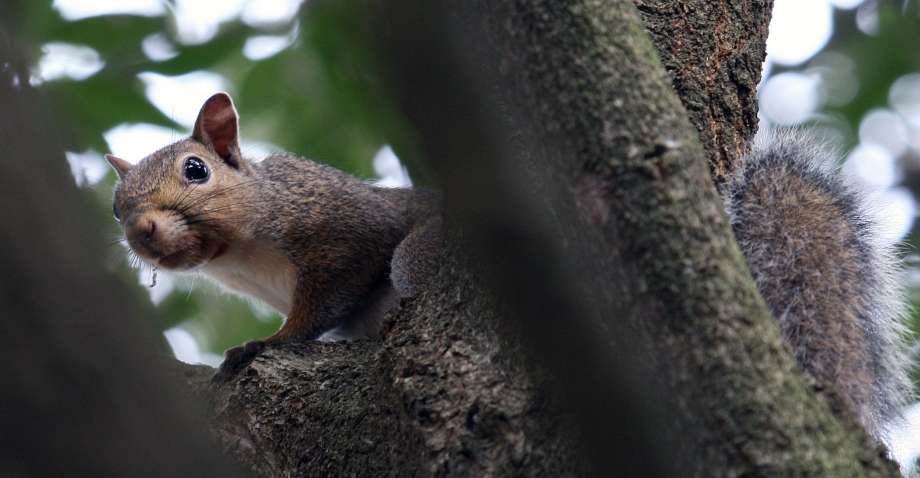Squirrels are common neighborhood wildlife. People are used to seeing the furry, bushy-tailed critters scurrying about. Still, for as common a sight as the animal is, many people don’t know much about some of their most common behaviors, such as sleeping. Like all animals, squirrels need sleep, but when and where do they get it? To get the answer, it is helpful to turn to squirrel removal experts who have experience with humanely removing them from makeshift dens and nests.
Squirrel Sleep Behaviors According to Squirrel Removal Services
Squirrels share a similar sleep pattern to people, so it’s hard to know when they invade your space for a good night’s rest. Learning about squirrel sleep behaviors and nesting sites from professional rodent control in Madison is an excellent way to learn how to protect your property and where to look for signs of suspected infestations.
Finding a Good Sleep Spot
Squirrels have different needs depending on the time of year. In the winter, the animals need a warm shelter away from the harsh weather and frigid temperatures. In the spring, female squirrels seek places to have and raise their babies.
For homeowners, the time of year doesn’t matter too much because a house represents an ideal site all year for squirrels. An attic space provides superior protection against harsh weather in the winter, and if the critters nest in the wall cavities, they can benefit from the ambient warmth of home heating systems. In the spring, attics provide ample protection from predators, allowing mother squirrels to raise their young without threat.
While a house is a prize for squirrels, they can find other suitable nesting sites throughout the year. Some will discover natural burrows, and others will find manufactured options. In any case, homeowners must keep watch to ensure their houses do not become hotels for wildlife.
Using Natural Burrows
Some areas where squirrels sleep do not require squirrel removal because they include natural habitats. For example, many squirrels build nests on tree branches out of leaves and twigs; many may find tree cavities that offer plenty of room and shelter, allowing them to save valuable energy.
Locating Manufactured Alternatives
If there are limits to available tree space, squirrels may look for manufactured options, such as chimneys, roofs, and gutters. A squirrel typically chooses a manmade structure when it is convenient and near a steady food and water supply, which is why you shouldn’t feed squirrels around your house.
Making the Most of Residential and Neighborhood Options
Many people who live in neighborhoods like to feed wildlife, especially birds. What they may not realize is that feeding birds can attract squirrels. Even when homeowners use bird feeders, the squirrels are tempted by the nuts and seeds in the feed. If a homeowner puts up birdhouses or nesting boxes, they may inadvertently encourage squirrels to take up residence.
When squirrels become accustomed to your yard space, they get more curious about everything around it, including your house. Other common nesting and sleeping sites of squirrels include sheds and attics. If you have squirrels in these areas, contact squirrel removal near me.
Squirrel Removal Services in Madison
Like most living things, squirrels need shelter. As a smaller prey species, squirrels must find sleeping areas that offer camouflage from nocturnal predators. Squirrels may use natural burrows, such as tree hollows, to shelter and rest, but they may also look for manufactured options, like sheds and chimney systems. When the animal finds nesting sites on or in your house, it is time to call squirrel removal services. Contact Skedaddle Humane Wildlife Control to discuss your problem and schedule a property inspection.



